Sex cord stromal tumours are rare tumours of the ovary. They originate in the stroma or the sex cords, which are the supporting tissues of the ovary. There are many different types of ovarian sex cord stromal tumours and they can be benign or malignant.
Based on the origin, there are three main groups of sex cord stromal tumours:
1) Pure stromal tumours eg. Fibroma and thecoma
2) Pure sex cord tumours eg. Adult and juvenile granulosa cell tumour
3) Mixed sex-cord stromal tumours eg. Sertoli–Leydig cell tumour
“In addition to the typical symptoms of an adnexal mass ie. abdominal pain or distention, sex cord stromal tumours can present with signs of hormonal production (functionally active tumours)”
Based on hormone secretion, the sex cord stromal tumors can be classified as:
1) Inactive (non functional) tumors eg. Fibroma
2) Estrogen secreting eg. Granulosa cell tumor
3) Androgen secreting eg. Sertoli–Leydig cell tumour
The estrogen secreting tumours can produce precocious puberty in the prepubertal age group, menstrual changes in the reproductive age group or postmenopausal bleeding.
The androgen secreting tumours can produce hirsutism or features of virilization including cliteromegaly or change of voice.
Granulosa cell tumour is the most common type of sex cord stromal tumour.
Grossly, these tumours have a lobulated, gray or yellow, solid appearance, although cystic areas can also be seen.
Microscopically, these tumours are composed of small, bland, cuboidal to polygonal cells arranged in various patterns.
Call-Exner bodies (Red Arrow in the image below), which are small follicle-like structures, filled with eosinophilic material may be seen.
The cells may show nuclear grooves (coffee bean nuclei).
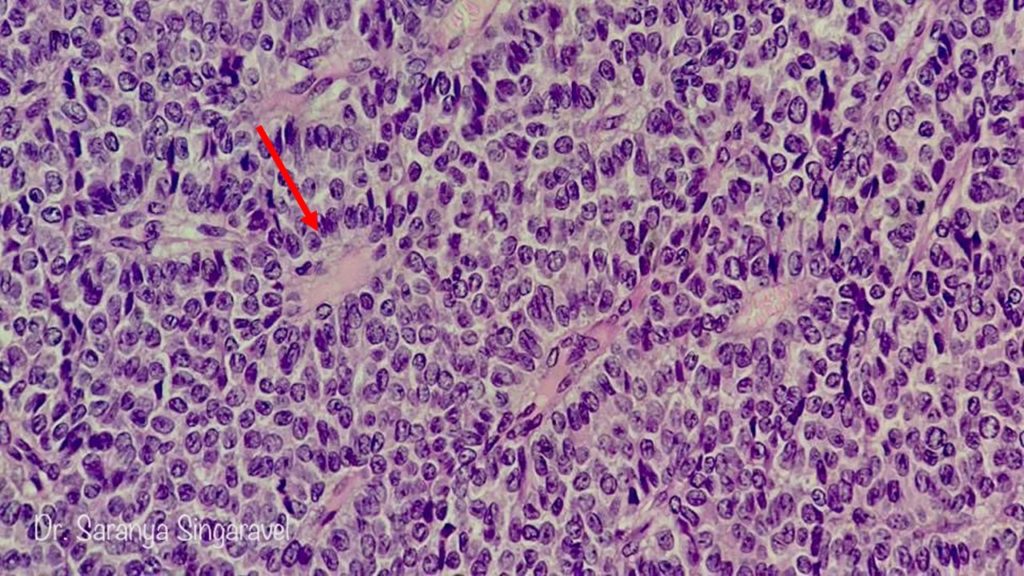 Photo credit: Dr Saranya Singaravel
Photo credit: Dr Saranya Singaravel
Endometrial pathology in form of hyperplasia or endometrial adenocarcinoma can be found in some of the cases of granulosa cell tumor due to estrogen production by these tumors and should be specifically looked for.
Additional Info:
Though Call- Exner bodies are pathognomonic of Adult granulosa cell tumors, similar structures are found in various other tumors like gonadoblastoma, granulosa cell tumor -like variant of endometrioid carcinoma.
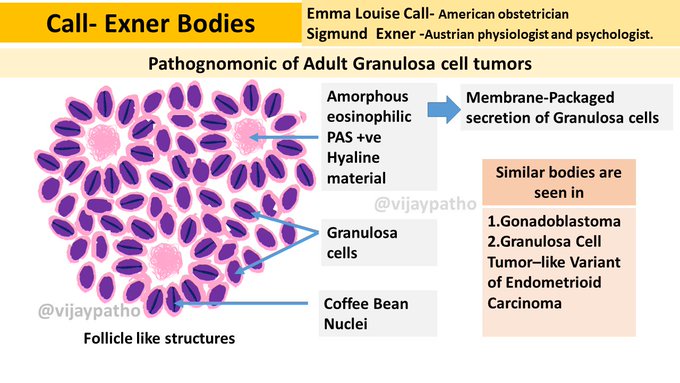

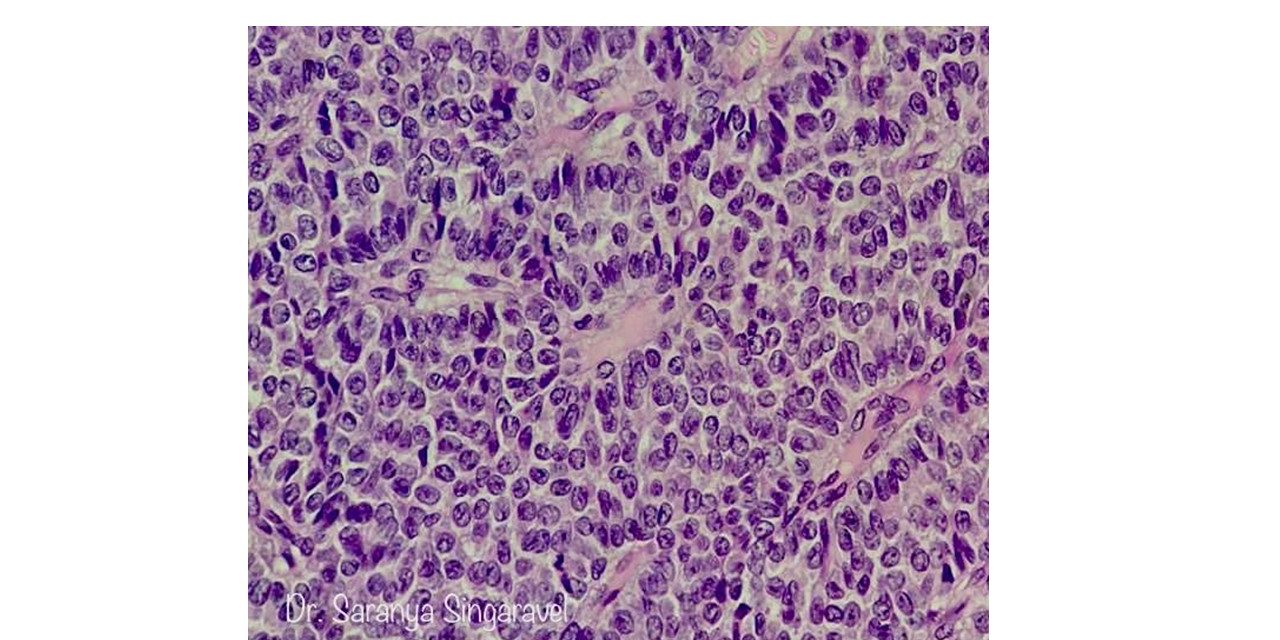
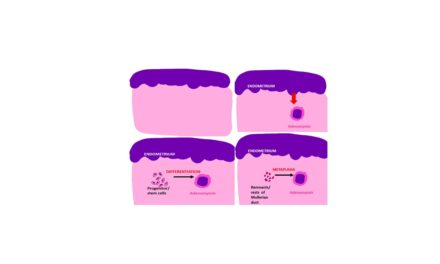

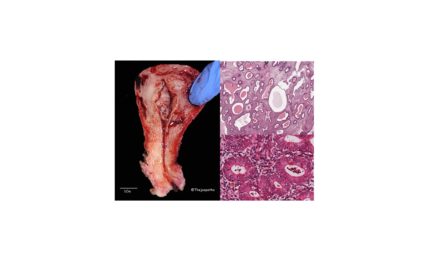






Recent Comments